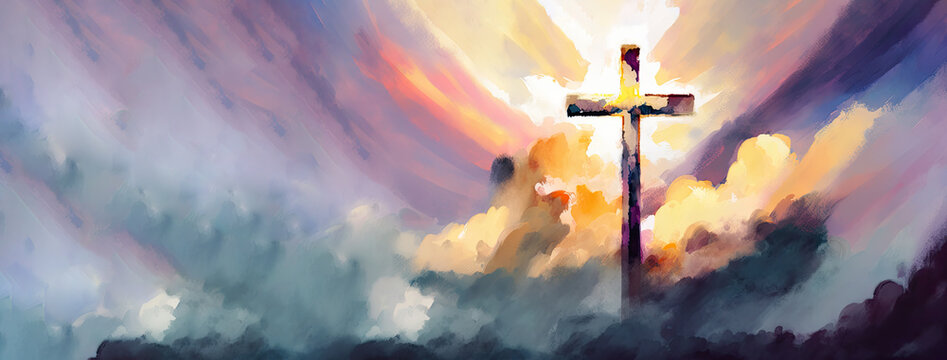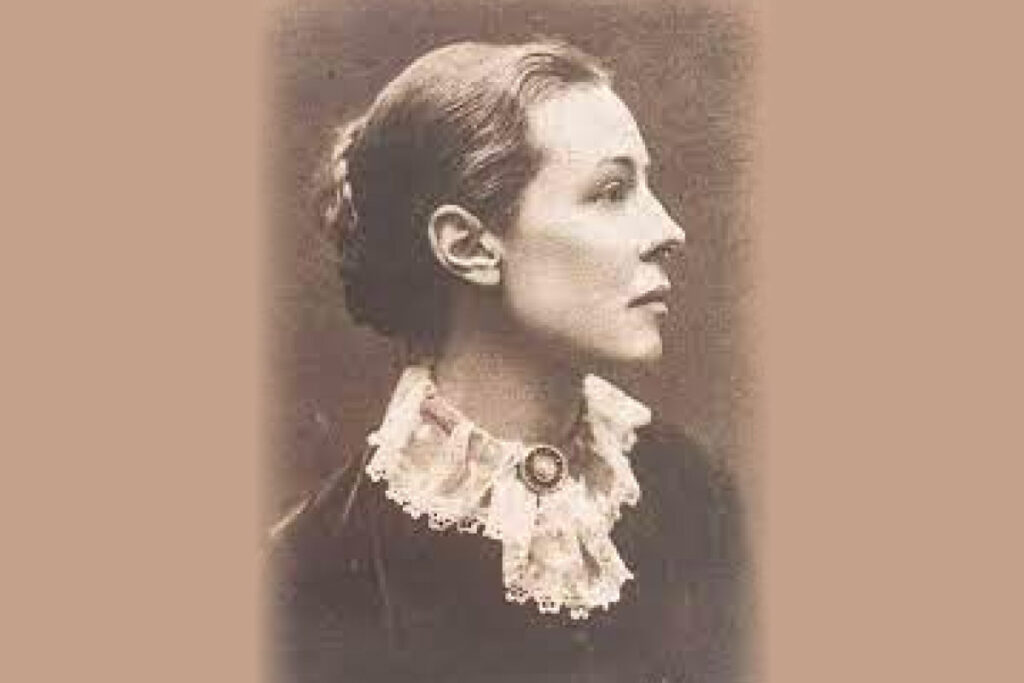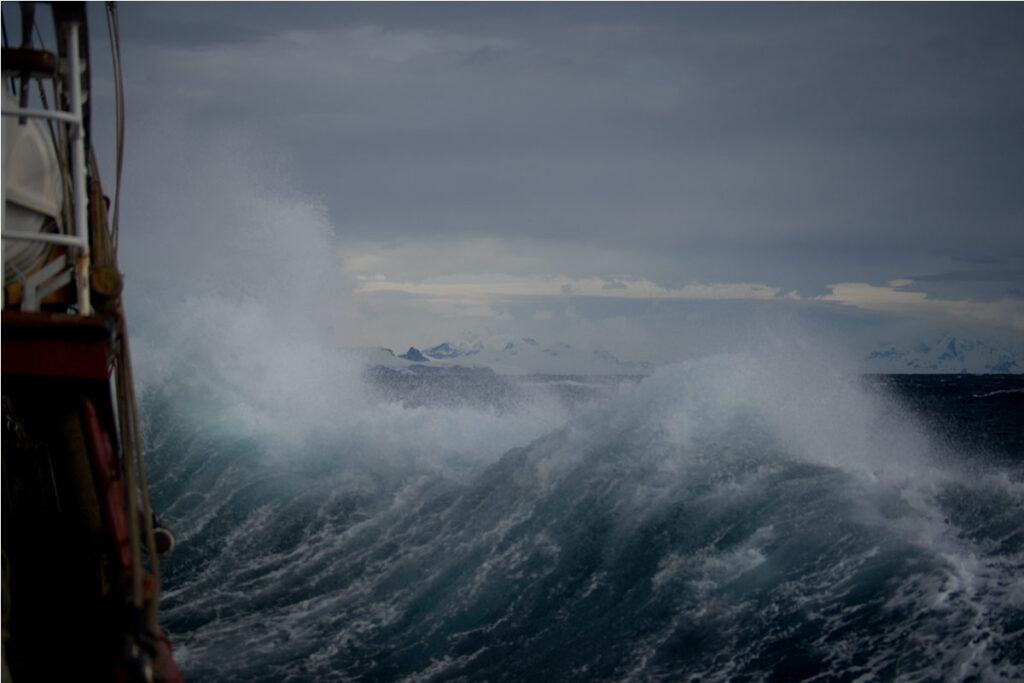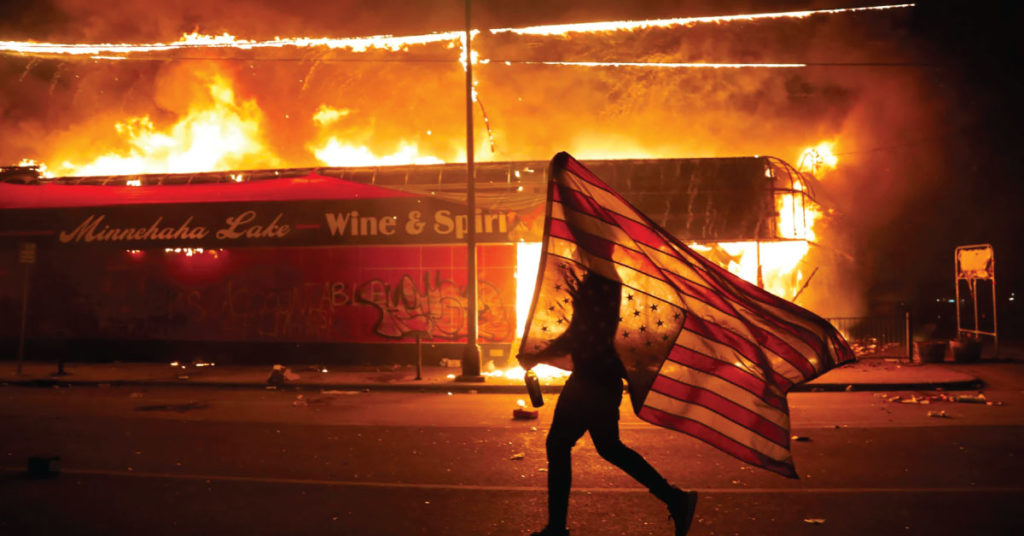The Second Coming
William Butler Yeats
Turning and turning in the widening gyre
The falcon cannot hear the falconer;
Things fall apart; the centre cannot hold;
Mere anarchy is loosed upon the world,
The blood-dimmed tide is loosed, and everywhere
The ceremony of innocence is drowned;
The best lack all conviction, while the worst
Are full of passionate intensity.
Surely some revelation is at hand;
Surely the Second Coming is at hand.
The Second Coming! Hardly are those words out
When a vast image out of Spiritus Mundi
Troubles my sight: somewhere in sands of the desert
A shape with lion body and the head of a man,
A gaze blank and pitiless as the sun,
Is moving its slow thighs, while all about it
Reel shadows of the indignant desert birds.
The darkness drops again; but now I know
That twenty centuries of stony sleep
Were vexed to nightmare by a rocking cradle,
And what rough beast, its hour come round at last,
Slouches towards Bethlehem to be born?
“The Second Coming” presents a nightmarish apocalyptic scenario, as the speaker describes human beings’ increasing loss of control and tendency towards violence and anarchy. Surreal images fly at the reader thick and fast, creating an unsettling atmosphere that suggests a world on the brink of destruction.
Yet for all its apparent metaphorical complexity, “The Second Coming” actually has a relatively simple message: it basically predicts that time is up for humanity, and that civilization as we know it is about to be undone. Yeats wrote this poem right after World War I, a global catastrophe that killed millions of people. Perhaps it’s unsurprising, then, that the poem paints a bleak picture of humanity, suggesting that civilization’s sense of progress and order is only an illusion. And yet today, the world is at the precipice of nuclear war, economic catastrophe, famine, and pandemics.
With the above in mind, the first stanza’s challenging imagery starts to make more sense. The “falconer,” representing humanity’s attempt to control its world, has lost its “falcon” in the turning “gyre” (the gyre is an image Yeats uses to symbolize grand, sweeping historical movements as a kind of spiral). These first lines could also suggest how the modern world has distanced people from nature (represented here by the falcon). In any case, it’s clear that whatever connection once linked the metaphorical falcon and falconer has broken, and now the human world is spiraling into chaos.
Indeed, the poem suggests that though humanity might have looked like it was making progress over the past “twenty centuries”—via seemingly ever-increasing knowledge and scientific developments, for example—the First World War proved people to be as capable of self-destruction as ever. “Anarchy” was “loosed upon the world,” along with tides of blood (which clearly evoke the mass death of war). “Innocence” was just a “ceremony,” now “drowned.” The “best” people lack “conviction,” which suggests they’re not bothering to do anything about this nightmarish reality, while the “worst” people seem excited and eager for destruction. The current state of the world, according to the speaker, proves that the “centre”—that is, the sustainable foundation of society—the spiritual values, have been abandoned and the world is now left to its own godless machinations.
In other words, humanity’s supposed arc of progress has been an illusion. Humanity, without and external guiding light, has lost its way and the self-crafted programs of modern society—of safety, security, and peace—have proven empty. And in their place, a horrific creature has emerged that precedes the actual “Second Coming” of Jesus Christ’s thousand year rule of permanent peace and prosperity. But This Second Coming is clearly not the expected and desired Jesus, but instead a “rough beast”—the Antichrist that will rule the world for seven years in the tribulation and terror beyond anything the world has ever known. Only then, after the end of the reign of terror, will Christ return.
With this final image of the beast, the poem indicates that while humanity seemed to get more civilized in the 2,000 years that followed Christ’s birth, in reality people have been sowing the seeds of their own destruction all along. This “rough beast” is now “pitilessly” slouching toward the birthplace of Jesus—likely in order to usher in a new age of “darkness” and “nightmare.”
(Commentary by author unknown, modified by John Brunner)






